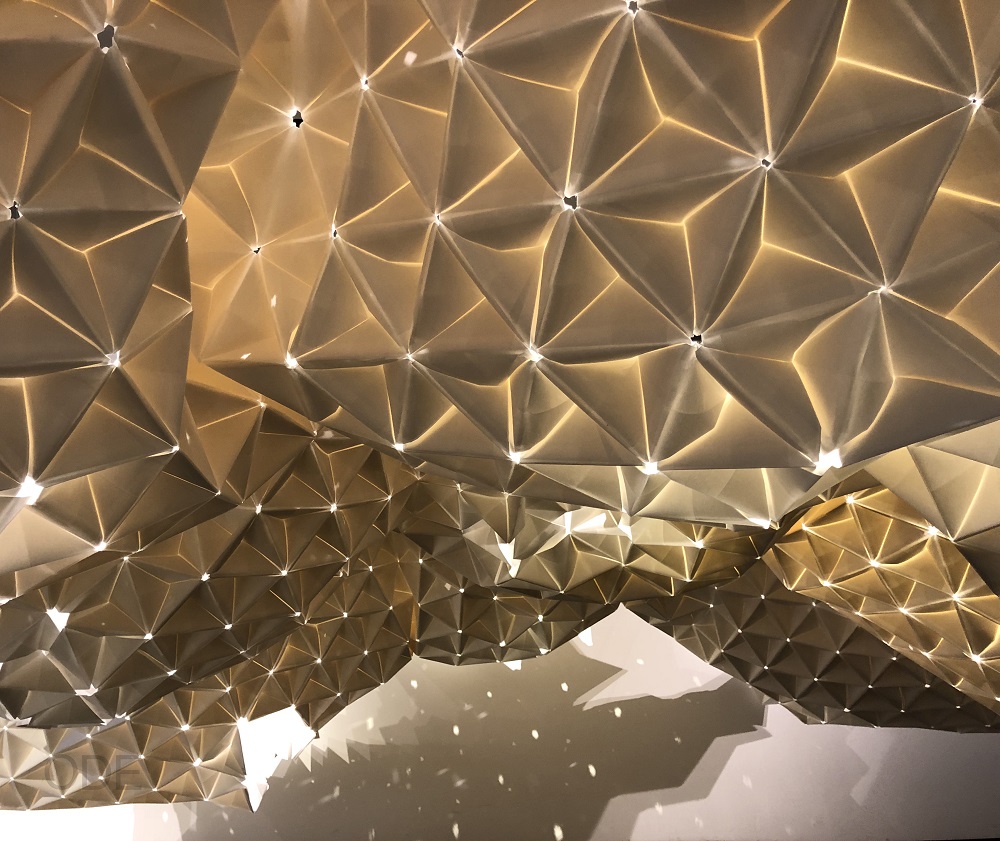
- The Paper Power Project competition, conducted in collaboration with Dr Kody Kato of the Office of Design Evolution, “challenges students to reimagine how large modern structures can be built with sustainable materials to promote design excellence amongst our youth”.
KUALA LUMPUR (Dec 16): Architecture, engineering, and consulting firm, Ramboll is inviting engineering and architecture students from local tertiary institutions participate in The Paper Power Project challenge.
The Paper Power Project competition, conducted in collaboration with Dr Kody Kato of the Office of Design Evolution, “challenges students to reimagine how large modern structures can be built with sustainable materials to promote design excellence amongst our youth”, stated a media release by Ramboll.
Participants must submit an original design using paper of any form to span a 2.5m column-free space without the use of any adhesive material.
Entries shall be evaluated based on i) structural integrity, ii) architectural aesthetics, iii) load bearing capacity and iii) creativity and innovation.
The shortlisted teams will be invited to construct their paper structure for public display at Tropicana Gardens Mall, Petaling Jaya in March/April 2023.
The winner of The Paper Power Project will undergo a one-month paid internship with the company’s structural division in Malaysia.
Interested participants can request for the challenge brief by emailing [email protected] and sign up to enter by Dec 30, 2022.
“Our key interest with The Paper Power Project is in the use of sustainable materials such as paper because their impact to the environment is much less than concrete and steel,” said Kody.
“Alternative materials also result in other interesting spatial experiences, like our Beyond Surface project has shown,” he added.
In 2018 Kody received a London Design Award for Beyond Surface, a gravity-defying paper structure, a collaboration between ODE and Web Structures, part of Ramboll. Kody has a doctorate degree in performance-oriented architecture with a focus in structural engineering and mathematical biology to create deeper relationships between people, materials, and the environment.
“In pre-industrial times, we harvested material from nature to build, such as trees, bamboo, and stones. Unlike manufactured products like steel and concrete, nature dictates and limits the sizes and lengths of naturally grown resources,” said Ng Pek Har, director of Web Structures in Malaysia.
“This concept called Reciprocal Frame, enables large span structures to be built using many short lengths, with very simple joints. Today, with the use of advanced parametric computational analysis, we can apply this concept to complex 3-D design and it is not material-specific,” added Ng.





